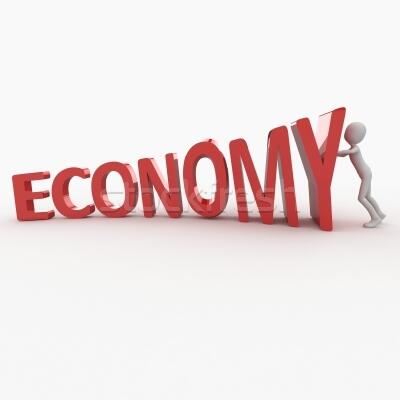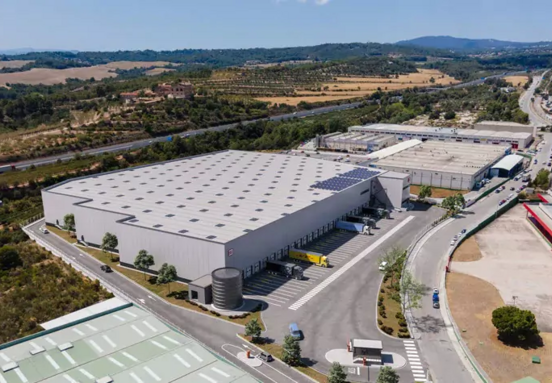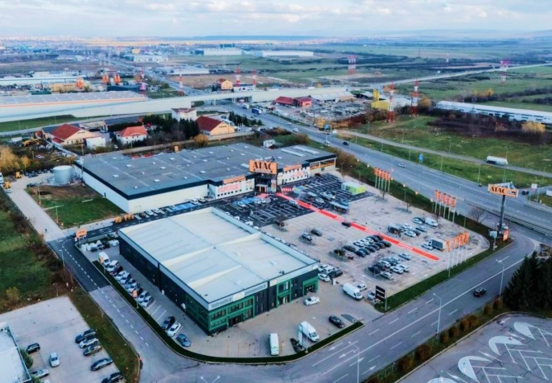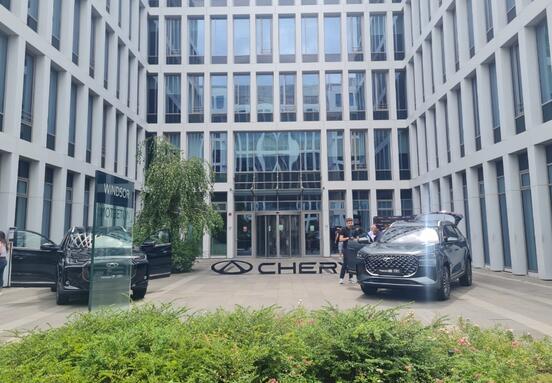“Investment spending is the main engine of growth, as the government will speed up the rate of absorption of EU structural funds. Private investment also increased amid lower interest rates on corporate loans and higher levels of trust in business. Also, consumption shows a strong growth rate, fuelled by wage growth, very low inflation rate, and the significant reduction in value added tax in June 2015,” says Bogdan Ion, country managing partner at EY Romania.
According to the report, Romania’s macroeconomic prospects remain positive, despite the change of government in November. Domestic demand continued to fuel growth in the third quarter, with GDP rising 1.4 percent this quarter (after remaining unchanged in the second quarter) and reached an annual level of 3.6 percent.
Maintaining real income growth, supported by low or even negative inflation and a gradual decline in unemployment, will support consumption in 2016. The tax cuts and public sector wage increases will further boost disposable income. With the entry into force of other cuts VAT in January 2016, consumption growth is expected to reach a level of 5.3 percent in 2015 and 5.5 percent in 2016.
Net exports will continue to have a moderate impact on economic growth, pundits say. As the economic recovery of the Eurozone will increase, export growth will strengthen, but will continue to be overtaken by those of imports.
Overall, EY forecasts a 3.7 percent GDP increase in 2015, slightly above the September forecast, while for 2016 projections show a 3.9 percent GDP rise amid strong domestic demand and reducing the negative balance of net exports.
With annual salary increases of about 8 percent and consumer price falls, the underlying trend in consumption is expected to keep strongly positive. (source: business-review.eu)






